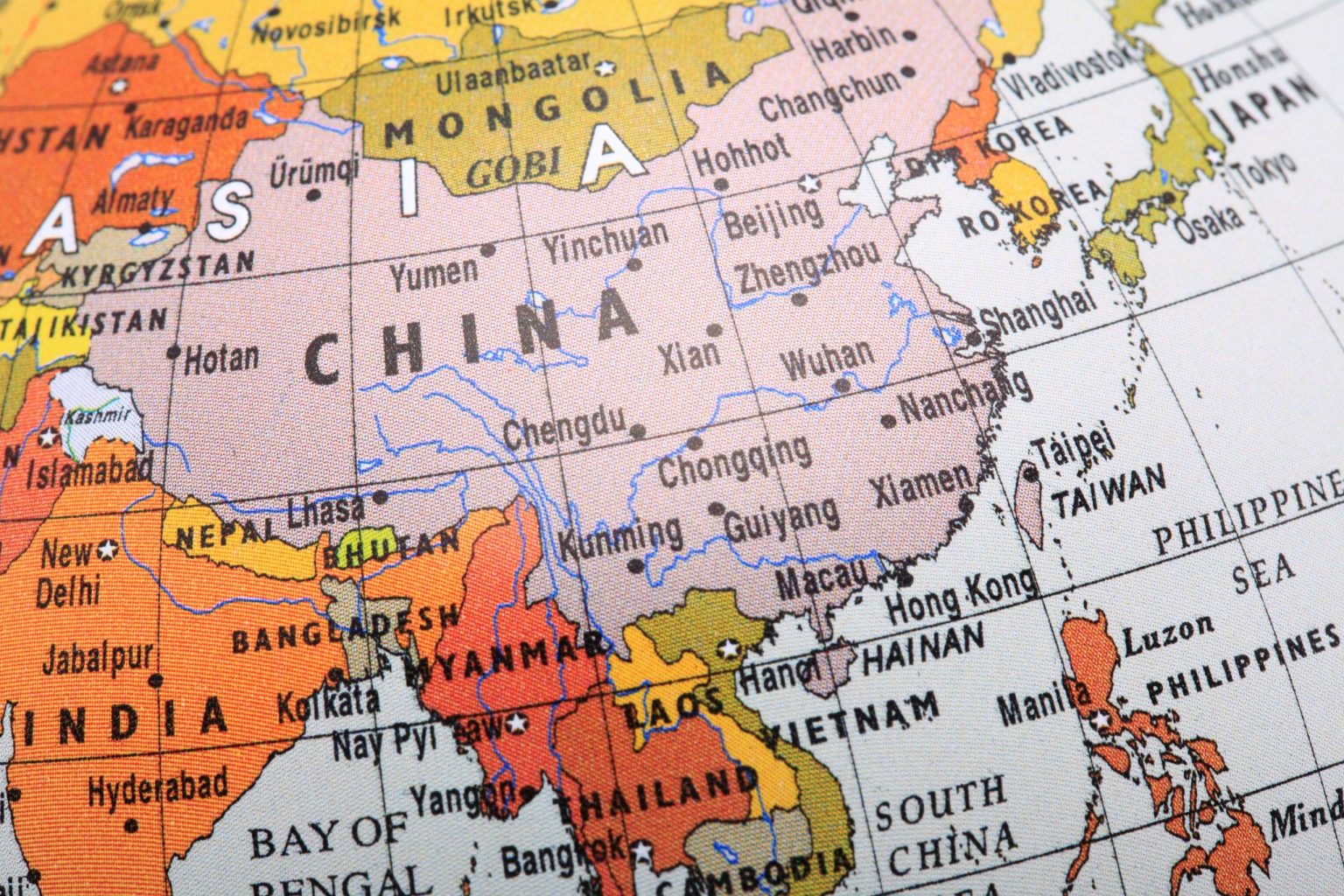China’s purported development of “D-Day style” barges has sparked concerns about a potential invasion of Taiwan, escalating the already tense cross-strait relations. These barges, reminiscent of the Mulberry harbors used during the Allied Normandy landings in World War II, are believed to be under construction at the Guangzhou Shipyard in southern China. Their design suggests a capability to traverse challenging coastal terrains, potentially enabling troop and heavy equipment deployment to areas previously deemed unsuitable for landing operations. This development underscores China’s growing amphibious assault capabilities and raises questions about its intentions towards Taiwan, a self-governing island that China claims as its own.
The emergence of these barges comes amidst persistent tensions between China and Taiwan, fueled by Beijing’s unwavering stance on reunification. China’s leader, Xi Jinping, has reiterated the inevitability of reunification, emphasizing the familial bonds between the people on both sides of the Taiwan Strait. This rhetoric, coupled with the development of the barges, signals China’s growing resolve to assert its claim over Taiwan, potentially through military means. The barges could provide a significant logistical advantage in an amphibious invasion, facilitating rapid deployment of troops and armor onto Taiwanese shores, circumventing natural obstacles like rocky terrain or soft beaches.
The barges, estimated to be over 390 feet in length, are designed to bridge the gap between the landing craft and the shore, enabling access to coastal roads or firm ground beyond the beach. This capability is crucial for deploying heavy equipment like tanks and armored vehicles, essential for establishing a beachhead and advancing inland. The construction of these barges, estimated to be at least three but possibly five or more, indicates a concerted effort to enhance China’s amphibious assault capabilities, potentially as a preparatory measure for a Taiwan invasion or as a strategic leverage tool.
The development of these barges adds a new dimension to the already complex security situation in the Taiwan Strait. Experts believe that a successful invasion of Taiwan would necessitate a large-scale deployment of ships to transport personnel and equipment across the strait, a logistical challenge that these barges could help address. By enabling the rapid deployment of land assets, particularly armored vehicles, these barges could significantly reduce the time required to establish a viable beachhead and secure strategic locations. This enhanced capability could alter the strategic calculus in the region, potentially emboldening China’s posture towards Taiwan and increasing the pressure on the island nation.
The timing of this development is particularly noteworthy, coinciding with heightened tensions in the Indo-Pacific region and increased military activity by China around Taiwan. The construction of these barges could be interpreted as a signal of China’s growing willingness to consider military options to achieve its reunification goals. It also adds to the growing concerns of regional powers and the United States, which has a strong interest in maintaining stability in the Taiwan Strait. The potential use of these barges in an invasion scenario underscores the escalating military threat faced by Taiwan and highlights the need for continued vigilance and defensive preparedness.
The appearance of these barges underscores the escalating military dimension of the cross-strait relationship and adds a new layer of complexity to the already precarious regional security environment. It remains to be seen how these developments will influence the strategic dynamics in the region and whether they will trigger further responses from Taiwan, the United States, and other regional actors. The continued construction and deployment of these barges will be closely monitored as a key indicator of China’s intentions towards Taiwan and its broader strategic ambitions in the Indo-Pacific. The international community remains apprehensive about the implications of China’s growing military capabilities and its assertive stance on Taiwan, emphasizing the importance of peaceful dialogue and diplomatic solutions to address the complex cross-strait issues.

